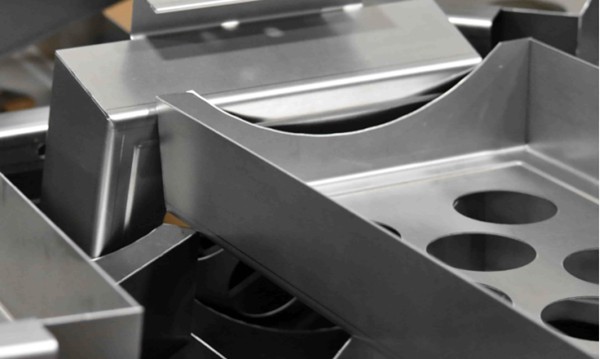The Environmental Benefits of Sheet Metal Machining
As an environmental advocate, I'm always looking for sustainable manufacturing solutions. One process that caught my attention is sheet metal machining due to its potential environmental benefits.
What is Sheet Metal Machining?
Sheet metal machining refers to techniques used to cut, bend, form and join sheet metal into desired components. Metals like steel and aluminum are commonly used in thin plates. Processes like cutting, punching and bending are employed to sculpt materials according to a design.
Material Efficiency in Sheet Metal Fabrication
One advantage of sheet metal machining is its efficient use of material. Since components are cut from flat stock, there is minimal waste generated during processing. Any scraps that are produced can also often be recycled. This efficient use of resources reduces environmental impacts versus processes like casting from solid billets.
Design Flexibility Enables Lightweighting
Sheet metal machining allows intricate geometries to be produced, as discussed on sites like WayKen. This design freedom enables the use of lightweight materials like aluminum alloys. Lightweighting translates to substantial fuel savings and lower emissions in applications like automotive.

Preventing Rework Saves on Impacts
As outlined by Approved Sheet Metal, taking steps to prevent rework through proactive design can significantly reduce environmental impacts. Rework involves additional processing, material usage and energy consumption versus getting the design right from the start.
Durability Enhances Sustainability
Sheet metal components are suitable for applications requiring durability and corrosion resistance. This longevity reduces replacement needs over time, lessening resource consumption and waste compared to more susceptible materials.
Closing the Loop with Recycling
Since sheet metals maintain their material properties through remelting, they can be recycled endlessly. At the end of a product's lifespan, metals like aluminum can be collected and reinserted into the production cycle, preserving valuable elements and limiting the use of virgin raw materials.
In conclusion, the material-efficient processes and design flexibility of sheet metal machining lend themselves to sustainable manufacturing approaches. With careful planning, this fabrication method offers multiple environmental advantages worth further exploration.